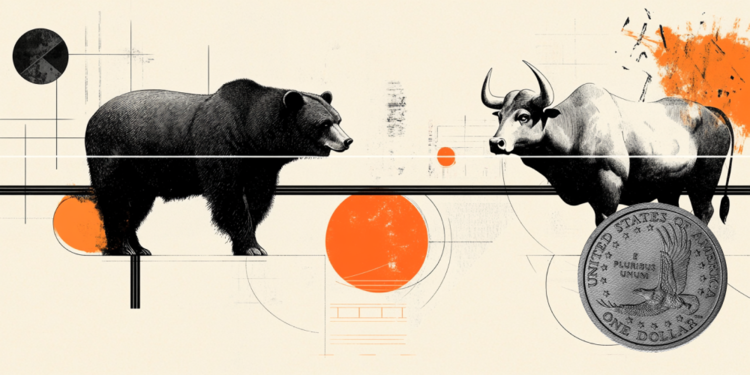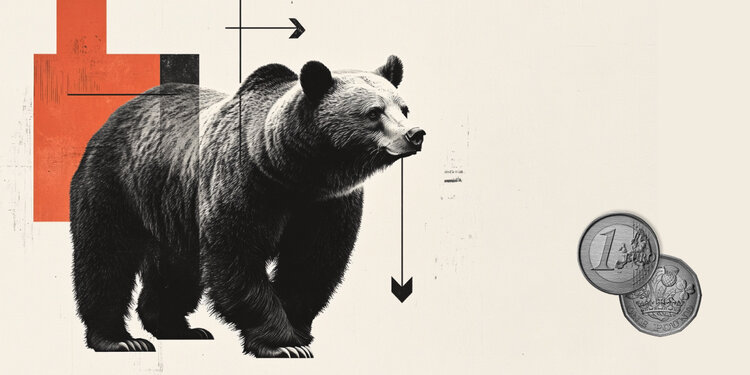China’s military leaders share a potential weakness, the same one that hampered the Russians in Ukraine, that could hamper their ability to wage a similar war. That’s what a new report from the National Defense University of the United States has revealed.
The flaw identified by the document is a lack of cross-training, a possible Achilles heel of China’s People’s Liberation Army (PLA). Even so, analysts are cautious and prefer not to underestimate China’s strengths, warning against comparisons with Russia.
The report delved into the backgrounds of more than 300 of the PLA’s top officers across its five services – Army, Navy, Air Force, Rocket Force and Strategic Support Force – in the six years leading up to 2021.
According to the document, the leaders of each army, in general, had no experience of operations in any branch other than the one in which they began their careers.
In other words, PLA soldiers will always be soldiers, sailors remain sailors, Air Force soldiers will remain in that grouping. They rarely venture outside their silos, which is in stark contrast to the US military, where cross-training has been a legal requirement since 1986.
The 73-page report notes that this “rigidity could reduce China’s effectiveness in future conflicts,” especially those that require high levels of joint service action. Furthermore, it suggests that PLA forces would be mired in the same kind of problems that bedevil their Russian counterparts in Ukraine, “where the overall cohesion of forces was low”.
Since the start of Russia’s invasion of Ukraine seven months ago, shortcomings in the Russian military structure have been evident to outside observers.
In the recent defeat of Russian forces by a Ukrainian counteroffensive, Moscow’s ground troops had no air cover, according to analysts. Earlier, at another point in the war, logistical problems wreaked havoc on Russia’s ability to feed its teams: the trucks did not have tires suitable for the terrain and repeatedly broke down from lack of maintenance.
According to report author Joel Wuthnow, senior PLA leaders could face similar problems due to a lack of cross-training.
“Operational commanders, for example, rarely have career-enhancing experience in logistics and vice versa,” reads an excerpt from the report by Wuthnow, a senior researcher at the Center for the Study of Chinese Military Affairs.
“Operational commanders who have never needed to have a high level of understanding of logistics or maintenance may not optimally use these forces when needed, repeating another Russian failure of 2022.”
In a comparison of four-star commanders in 2021—using the chief of the US Joint Chiefs of Staff, the leaders of the Central Military Commission and the China Operation Commands as an example—all 40 US officers had joint experience compared to 77% of its 31 Chinese equivalents.
Another key difference appears in the report: in the US, nearly all four-star commanders had experience in the area of operations. In China, nearly half were ‘professional political commissars’.
Without underestimating the ELP
Carl Schuster, former director of operations at the US Pacific Command’s Intelligence Center in Hawaii, said the new report “is the best assessment of where China is and where it’s going that I’ve ever seen.”
But he cautioned against using it as a predictor of how the PLA might face a war like the one in Ukraine, as they have many other advantages over the Russian military.
China offers better training to new recruits and is no longer dependent on drafts, while the Russian army “relies on draftees to serve seven months in 80-85% of its personnel”.
Also, unlike Russia, China has a professional corps of unpaid officers.
Schuster, who works at Hawaii Pacific University, estimated that China is about four or five years behind the US in terms of joint operational skills — but cautioned that recent exercises “suggest they are catching up.”
The expert cited as an example recent Chinese operations such as those carried out around Taiwan, after Nancy Pelosi, Speaker of the US House, visited the island in early August.
“The unspoken implication of the study that the PLA may be incapable of effective joint operations is overstated,” Schuster said.
The report by Wuthnow, who is also an adjunct professor at Georgetown University in Washington, found demographic differences between Chinese and American leaders.
“There was homogeneity among the senior officers [chineses] in terms of age, education, sex and ethnicity,” the report said.
Among the four-star ranks, Chinese officers were older on average than their US peers (64 versus 60) and had more years in the military (46 versus 40).
“The US leadership was also more diverse, with two women and three African Americans, compared to a homogeneous PLA leadership. [inteiramente masculino e 99% da etnia Han]”.
And one final difference: 58% of US officers had served in a foreign country, while none of the Chinese officers had experience abroad.
The Xi factor
The report also noted how Chinese leader Xi Jinping has tightened his grip on the PLA leadership since taking over the top of the Chinese Communist Party in 2013.
As chairman of China’s Central Military Commission, Xi is personally involved in the selection of senior officers.
“All PLA officials are members of the Chinese Communist Party and must have sufficient political acumen to demonstrate loyalty to Xi and his agenda,” the document states, noting that Xi rotates top officials within China to prevent them from developing “sponsorship networks” that could one day threaten its leadership.
But he also noted that Xi was careful to reward loyalty and patience in the senior officer corps.
“Xi Jinping did not skip the generation of those who were waiting their turn to promote young people more familiar with modern conflict.”
As these older officers reach retirement ages (which is 68 for the Central Military Commission), their successors will bring more modern battlefield experience, including the latest technologies.
Even so, it is expected that silos, reinforced by tradition and organizational culture, will remain.
Source: CNN Brasil
I’m James Harper, a highly experienced and accomplished news writer for World Stock Market. I have been writing in the Politics section of the website for over five years, providing readers with up-to-date and insightful information about current events in politics. My work is widely read and respected by many industry professionals as well as laymen.







